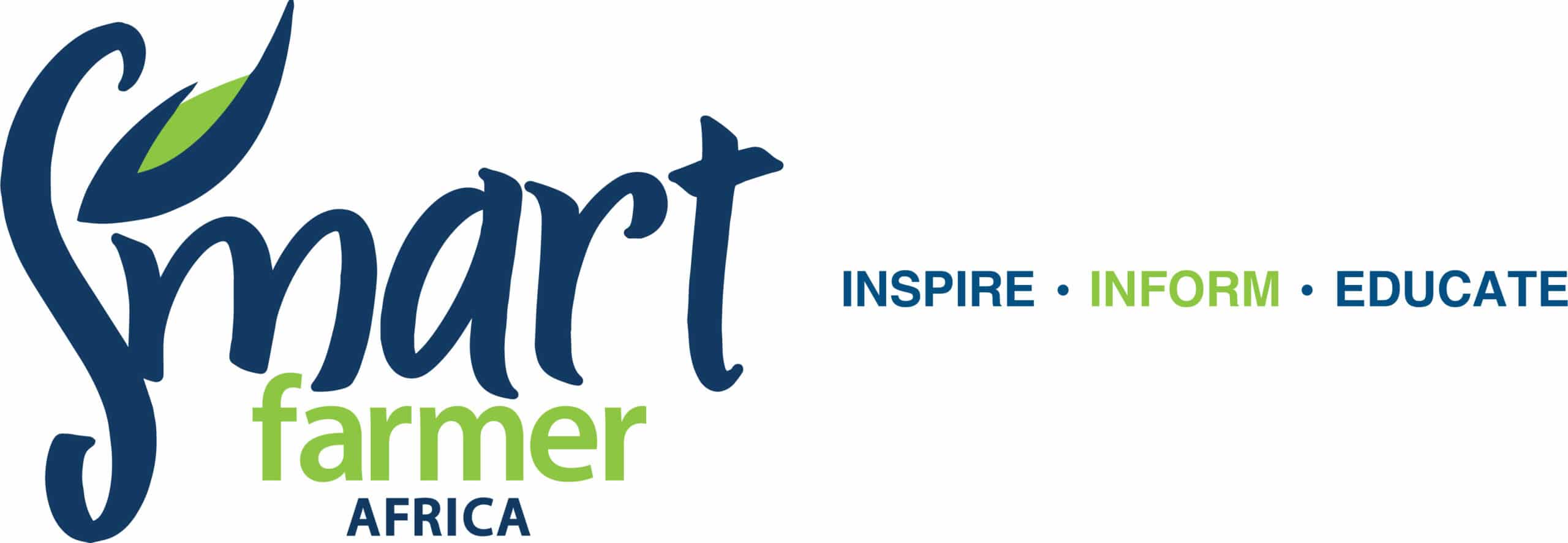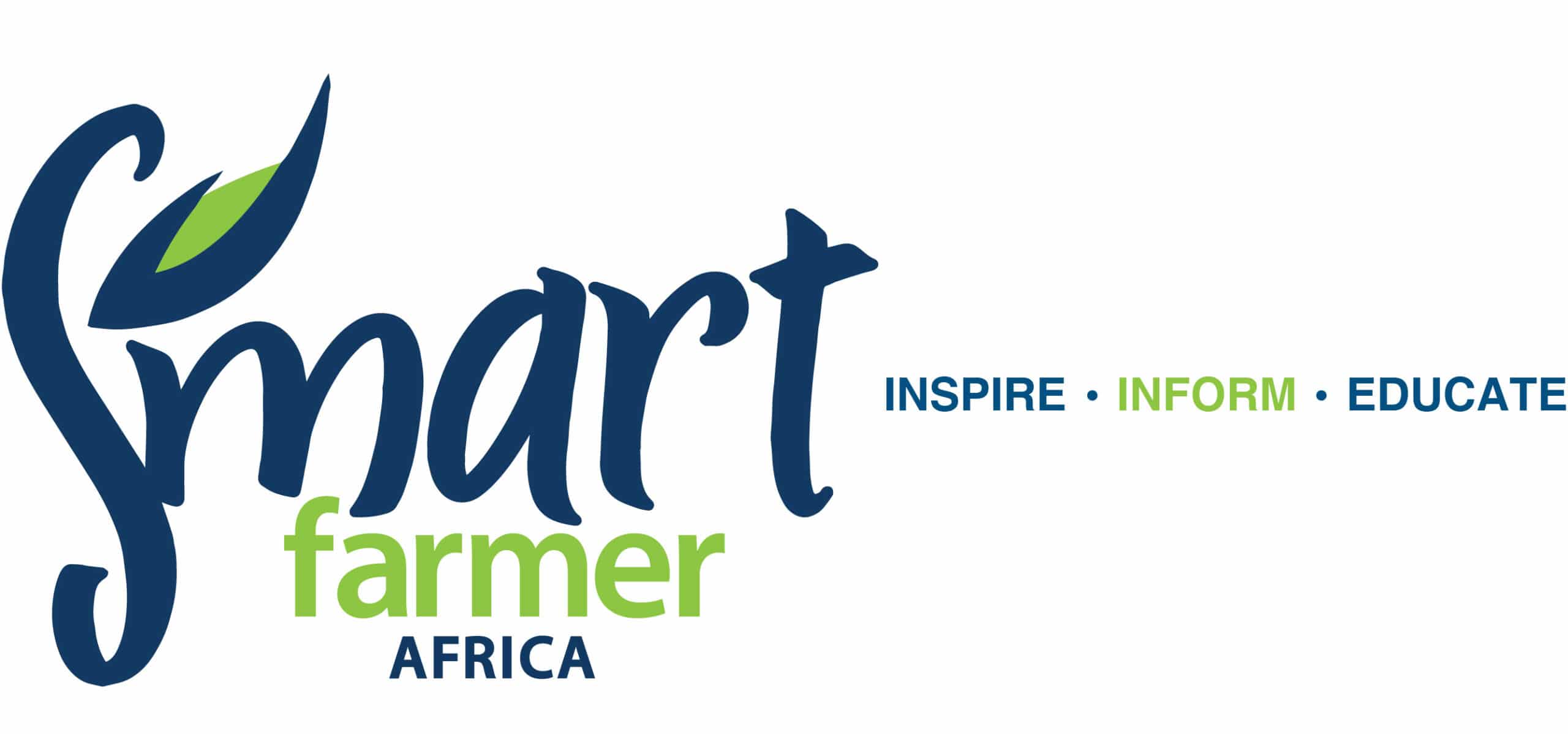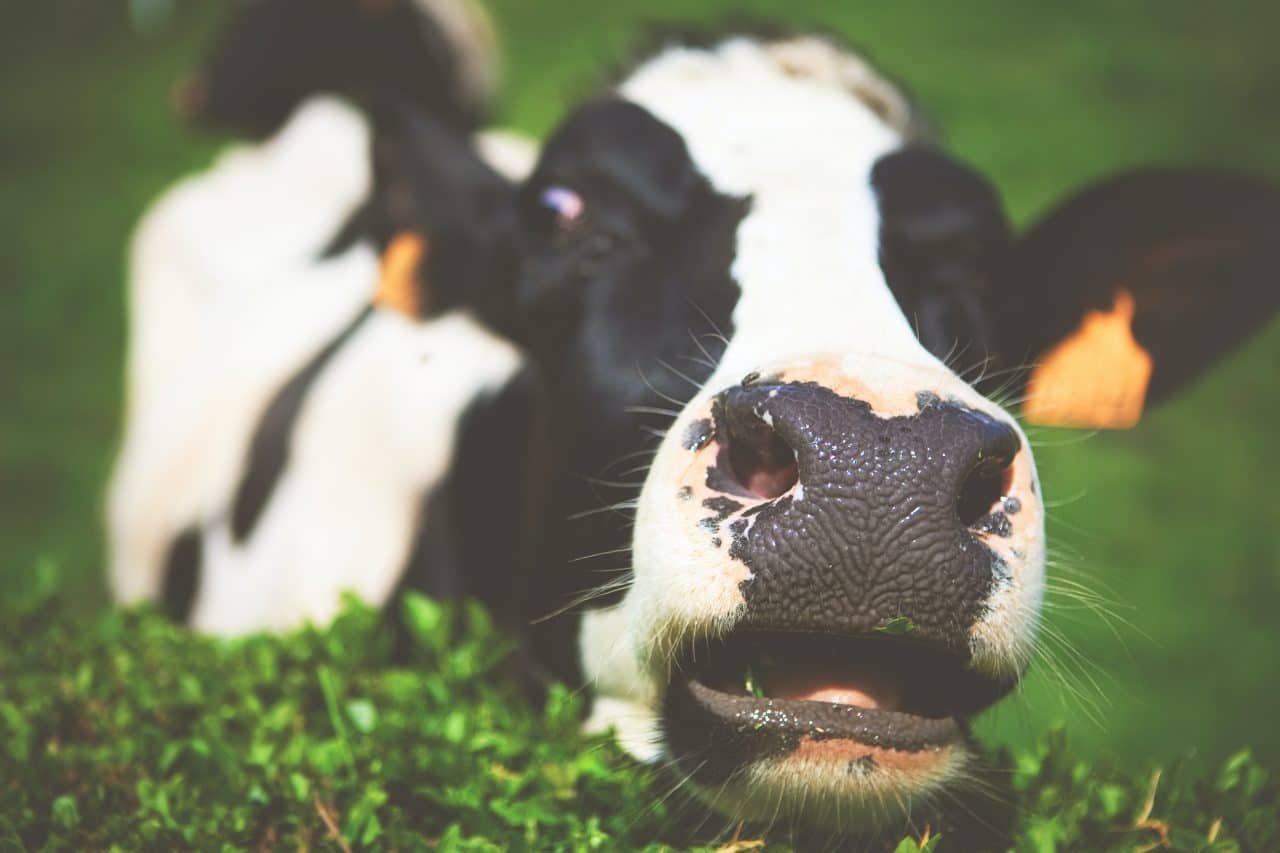Factors influencing Kenyas dropping milk standards
It is important to explore and expound on some of the factors that have contributed to the dropping milk standards in Kenya. Below is an in-depth look into the major items.
Low-quality feed:
The decline in the dairy industry standards comes in many mays. On the production side, many farmers have been feeding their animals sub-standard or low quality feeds. Poisonous aflatoxins are at times laced onto these feeds.
“Aflatoxin contamination in milk and dairy products is a serious issue. Poor milk quality translates into a costly public health menace for the populace,” said Mr Tobias Ochieng. He is a milk procurement and extension manager at Happy Cow, Kenya and shred these views in a separate interview.
Mr David Maina, the director and head of business, Perfometer, and also one of the experts shared some insight at the webinar. He noted that the feed supply chain is to be blamed for the aflatoxin and other milk pollutants. “Animal feed manufacturers who import raw materials from neighbouring countries check the quality and standards for themselves as the government is not too involved in checking the raw materials. This has created a problem in the feed supply chain,” he explained.
“During the dry season, farmers feed their cows with maize Stover’s… usually left on the farm after harvest while still wet. They develop moulds, which produce aflatoxins. These aflatoxins then end up in our milk,” Mr Moss continued.
Storage and moisture levels:
Storage is also a challenge. Poor postharvest handling of maize often leads to aflatoxin and other contamination. “Kenya’s milk quality and safety, Mr Maina said, “we can only do better if we fix the issues of maize storage and checking of moisture levels.”
“Most farmers are using hydrogen peroxide to preserve milk and this is detrimental to human health. Dairy farmers need a lot of sensitisation to curb poor milk quality,” added Mr Ochieng. Preservation needs to be done accordingly to combat the droppig milk standards.
Unscrupulous businessmen:
“At times, it is not even the farmers’ fault,” Mr Gathii said at the webinair. “Farmers have been exposed to unscrupulous business people, who sell poor quality inputs of low viability,” he added.
“Some feed suppliers try to game the system,” noted Mr Nyabila. It becomes like a chain where the processor aggregates from the farmer, who doesn’t comply with quality standards. Furthermore, the farmer is supplied by feed suppliers who don’t want to comply with quality,” he said.
Pest & disease management:
According to Dr Dominic Menjo, a food security adviser and dairy consultant. “We cannot export until we are in charge of disease management in our herds. Herd health is critical, especially if we are to address the issue of traceability, increased productivity, and exports,” he added.
However, with a weakened extension service, people do their things without understanding the consequences.
Farmers treat their animals without the requisite knowledge of handling drugs such as antibiotics. As a result of this they do not understand the implications of drug residues in milk, they use them indiscriminately.
“The drugs used to treat illnesses such as pneumonia in animals are similar to those used by humans, which creates resistance when we take milk that is contaminated with drugs,” he adds.
The use of acaricides has also not been well regulated.
Lack of demand for quality by markets:
“When the market does not insist on quality, there is no pressure to conform and you tend to supply them with whatever you have,” Mr Nyabila pointed out.
Because our markets tend to be informal, with kiosks controlling the selling and distribution, they more often than not care less about the quality of the products.
Though supermarkets are beginning to demand quality and media have been raising awareness about issues such as aflatoxin, it is not enough.
Milk testing equipment:
According to the second edition of the Kenya National Dairy Master Plan 2010-2030. The truth of high cost of milk testing equipment and factors around it are a big issue.
The inadequate skills on the use of the equipment, lack of milk quality management capacity and, the institutional gaps, all present a major hindrance to quality control and assurance. Without these, the dropping milk standards ravage on.
Milk payment system:
Milk quality is negatively affected by a payment system based on the volume purchased rather than on content and composition.
The level of hygiene in handling and storage of milk for processing directly affects milk quality. Moreover, transportation allows room for an increased bacteria load and reduced milk quality.
Too many smallholder farmers producing milk translates into too many handlers of the produce. This is bound to lead to increased bacterial load along the chain.
Poor hygiene:
Smallholder milk producers and transporters are cited to be careless in observing hygiene requirements in milk handling, storage, and transportation. In the informal milk market outlets, the use of plastic containers dominates. However, being difficult to clean this kind of container is associated with the increased bacteria content of milk. This is a major contributor to the dropping milk standards.
Sector regulations:
“Government regulatory services have been able to ensure proper hygiene and quality standards for milk products in large-scale marketing enterprises. However, hygiene and quality standards assurance for dairy products handled through informal marketing channels, have remained elusive.
“Due to the influence of the informal market, 80 percent of all milk reaching consumers is not subjected to any form of quality checks or control.” read the masterplan.
KEBS:
According to Mr Nyabila, KEBS has not been able to adequately handle these issues. “Kebs approaches the situation using a policing system, where it waits to catch you doing the wrong thing, instead of working with processors to look at their systems,” Mr Nyabila says.
“Such a system doesn’t work,” he adds, saying that the body should change its approach.
According to the principal con DairyEdition 11 giene requirements in milk handling, storage, and transportation. In the informal milk market outlets, the use of plastic containers dominates. However, being difficult to clean this kind of container is associated with the increased bacteria content of milk.
Sector regulations:
“While government regulatory services have been able to ensure proper hygiene and quality standards for milk products that flow through large-scale marketing enterprises, hygiene and quality standards assurance for dairy products handled through informal marketing channels, have remained elusive.
Due to the influence of the informal market, 80 per cent of all milk reaching consumers is not subjected to any form of quality checks or control,” reads the masterplan. As a result of these lacks in control, the dropping milk standards continue to be huge challenge.
KEBS:
According to Mr Nyabila, Kebs has not been able to adequately handle these issues. “Kebs approaches the situation using a policing system, where it waits to catch you doing the wrong thing, instead of working with processors to look at their systems,” Mr Nyabila says.
“Such a system doesn’t work,” he adds, saying that the body should change its approach.
According to the principal consultant and food technologist at Mega Consult ltd, Mr Evans Mutuva the principal consultant and food technologist at Mega Consult ltd gave a look into deeper issues. “There are challenges in imposing standards due to poor coordination of legal framework.
There is also the challenge of importation of substandard products,” he says adding that Kebs lacks the resources to crack down on unscrupulous individuals.
Mr Ochieng adds that Kenya’s lack of robust safety and quality controls on animal feeds is largely to blame for the aflatoxin and other mycotoxins contamination in milk.
Additional information on the challenges causing the dropping milk standards; https://www.agribusinessglobal.com/markets/africa-middle-east/kenya-dairy-industry-sheds-light-on-market-challenges-opportunities/


